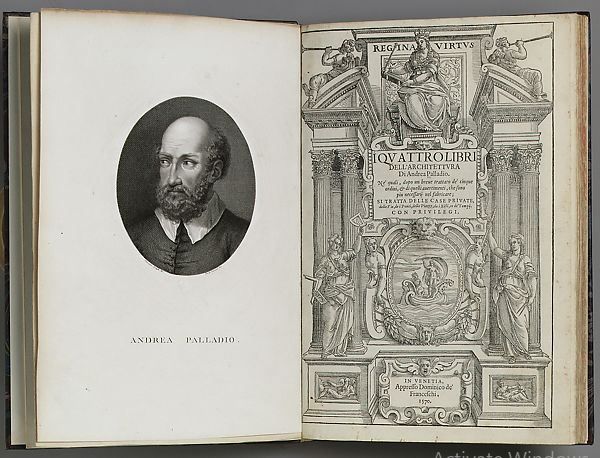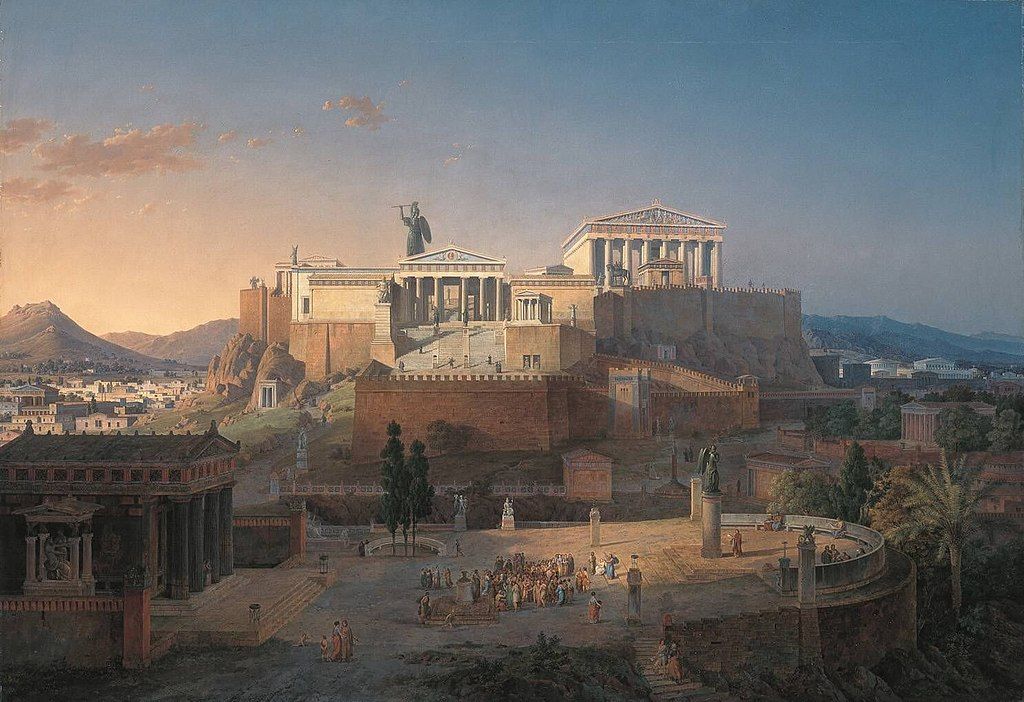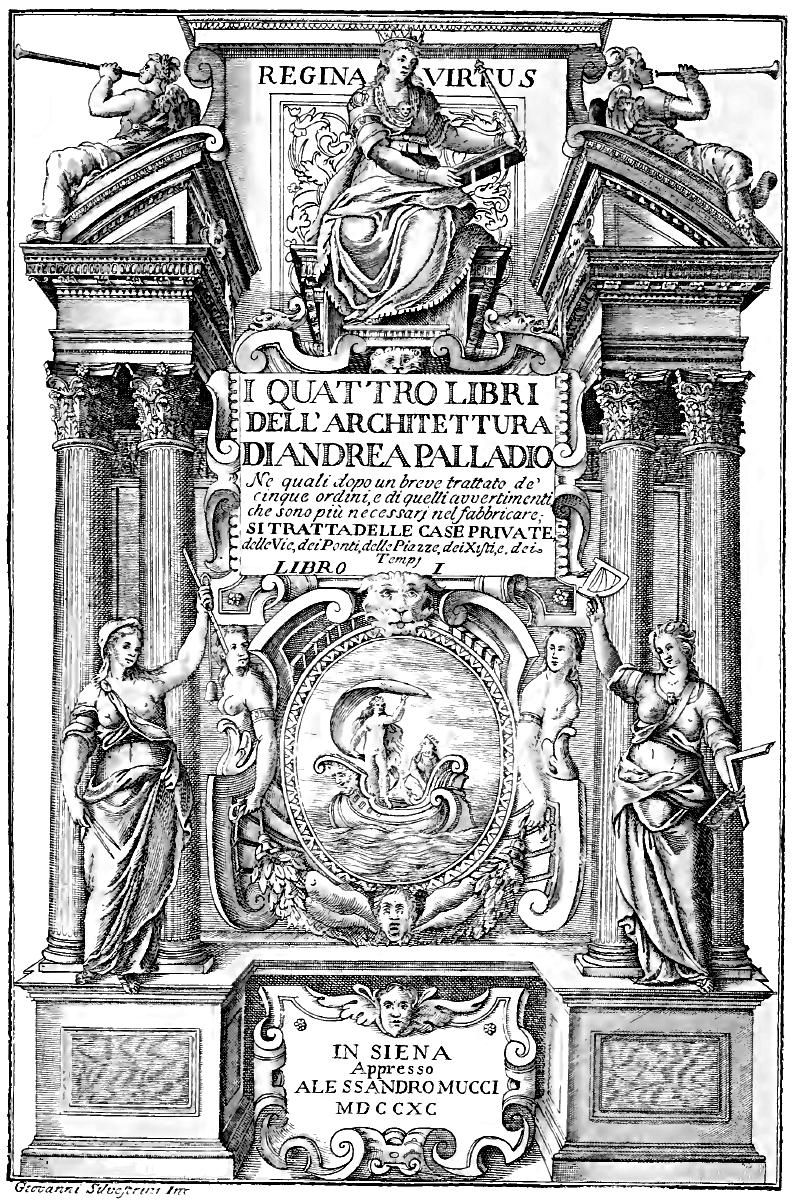During the course of your architectural education, a portion of your time is spent acquiring knowledge on previous styles, movements, theories, and philosophies. These topics are generally taught through the history of architecture and theory of architecture courses. Ranging from the classical orders and mathematical genius of the Greek to the Roman genius within construction and invention phenomenology, to the fundamentals of Renaissance architecture, and further to the eventful history of the short-lived Bauhaus, you will often be bombarded with hours of the best and worst of architecture and architectural theories from the past, present, and future.

Why is the history of architecture important?
Architecture students often ask themselves, why is it necessary, to learn of past styles and movements if I’m living in a contemporary world? The answer is not so easily expressed. It is important to contemplate the complex role of architectural history within the field of architecture. The relevance of architectural history is felt throughout one’s school career and into the workplace. The amalgamation of knowledge and the experimentation within architecture allows for an in-depth comprehension of the relationship between its form and function and its socio-economic implications.
The history lectures themselves allow you to acquire more than just the history of buildings, but also the outside philosophies, revolutionary ideas, and technologies. These all shape the ideals of the architectural world in terms of space, place, and form. In essence, we look at the design of space and place through the work and writings of architects, designers, and philosophers of past eras. In order to move forward, it is imperative to first understand what is behind us. Furthermore, allowing us to move beyond it, to improve upon it, or to move away from it.
In the world of architecture and art, nothing has been created that has not turned up somewhere else before. We only seek to better the ideas left to us. Le Corbusier tried to improve on the proportional perfection of the Vitruvian Man of Leonardo da Vinci with his own invention the Modulor man. This became the basis of his architectural theories and design. Similarly, Ludwig Mies van der Rohe sought to recreate the expression of light within Gothic architecture as inspiration for his minimalist creations with space and form. They both created a style unique in its expression while utilizing the knowledge of the past.
The Greeks sought perfection through the means of their architectural and artistic expressions by using simple forms obtained from previous styles to create a language that became synonymous with their culture. This language expressed architecture beyond the form of buildings, but instead how the populous lived with and within spaces within the idea of place. Greek architecture served as the basis for architectural expressions long after civilization had collapsed.
The rise of the Roman era saw the utilization of the forms created by the Greeks in a new arena. From the reminisce of the past language the ‘Greek’ a new one developed. For example, the Greek orders are 3: Doric, Ionic, and Corinthian, whereas the Roman orders use 5, with the addition of the Tuscan which comes before the Doric, and the Composite sitting just after the Corinthian. This shows a move to expand the Greek philosophy into a language that uses the forms of the past to look to a new ideal.
Many years later, modernism was a move away from the classical progression within architectural design. To achieve this, the classical languages and their elements had to be studied and comprehended in order to establish a new way of thinking about space and place. Consequently, we move from the idea of function follows the form of the classical, towards the idea of form follows function. From complete decadence within form and facade to the simplicity of both. Technology along with these ideas of form and structure made the new expression possible.
In America, for example, we can look at the prairie style pioneered by Frank Lloyd Wright. In its infancy, the prairies and the form and flow of the space show some parallels with the vernacular language of Japanese architecture. It can be insinuated, that Frank Lloyd Wright sought inspiration from the Japanese. In the expression of design, influence is often hidden in the subconscious, obtained from a magnitude of places. Learning about architectural history allows the individual a bank of knowledge with barely a conscious thought. Without that knowledge, creativity is deterred and architectural expression suffers as a result.
Le Corbusier was to a great extent, the father of modernist architecture. In his rational and revolutionary view of space, place, and its materiality, he sought the use of the human body. Like architectural languages before him, the man was to be the center of space; a means of measure and proportion by which form can be created. In his five points of architecture, he established an agenda for the creation of space and its form.
In his attempt to create a new expression of space, Le Corbusier created an idea of perfection within architecture. Creating what he found to be a perfect relationship between form and function, he limited spaces to their bare minimum. This meant that the body, center of his design was restricted by the nature of the space. The ideology of the architecture was limited in its execution.
However, the governing philosophy revolutionized how space and place were looked at. This became the initial starting point of architectural languages and movements that came after it. History teaches us of the mistakes and triumphs within his approach to architecture. In his attempts to use the human body as the means of creating space, he limited and restricted the human experience into tiny boxes, giving only a glimpse of what was possible. The philosophy failed to deliver the conscious establishment of new architecture; one that allowed for life and change, however, it was able to serve as a catapult from which other languages and philosophies could be established. The lessons learned to allow for improvements within the newer forms of architecture.
Design correlates with how people of the time pursued life. Architecture is affected by the governing philosophies of the time. History gives us the starting point from which we create. We learn how Classical Greek evolves to Norman or Romanesque architecture. We learn how Gothic architecture develops to Baroque, Rococo, through to modernism, and finally to contemporary architecture. The lesson learned is this, architecture is an amalgamation of all that was before, not obviously in form but within the theory of architecture. Architecture in its artistic expression is one rooted in history. Each language or movement is a dialogue with its predecessor, a response, improvement, or move away from the previous.
The brilliance of architecture now is that architecture is at a turning point, where no one language is dominant. This allows for the utilization of history, as a tool to better understand the capability of space and place. In essence without the education in the history of architecture in schools, future architects would miss out on the importance and significance of architectural language past and its role in current architecture.
By: Kingsley Kerson







